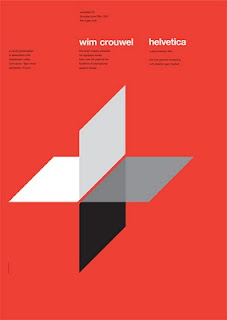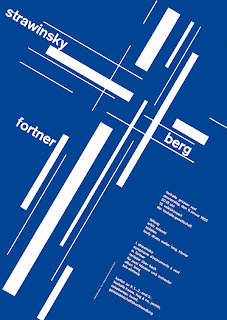All final designs.
Overall I am extremely happy with my outcomes to this brief. I chose this brief for a challenge to push my imagination, and I think I have certainly done that. I am most happy, not with the style of the designs necessarily,but with the concept and how they tie in with the whole meaning of the novella. The transition between the 2nd and 3rd dimension being the key point. I also believe I have successfully taken an old novella from the 1800's and brought it into the modern day to represent a wonderfully complex book, but in a totally new and unique way. Looking back at this project there really isn't much I would change if I could do it all over again.



















































